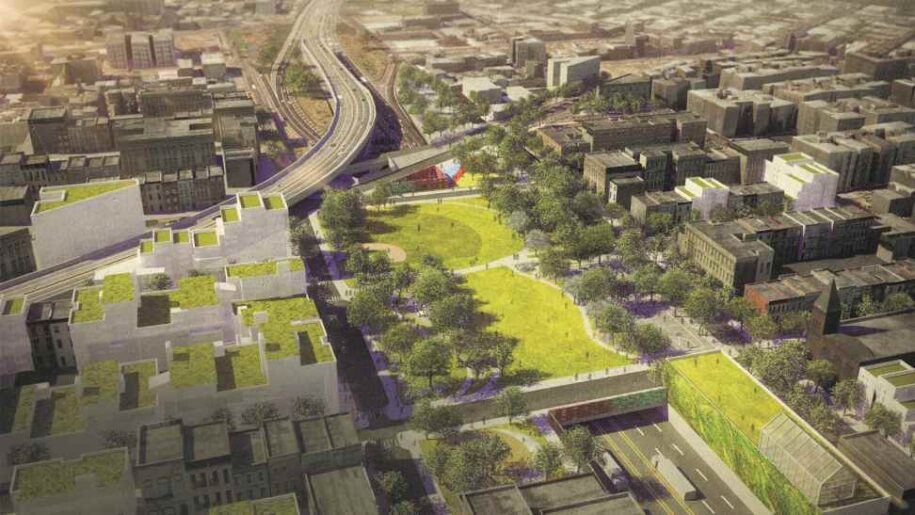100exch, Matchexch9, Laser 247.com: Urbanization is a global phenomenon that poses significant challenges to cities worldwide. Rapid urban growth leads to increased pressure on infrastructure, services, and resources, resulting in environmental degradation, social inequalities, and economic disparities. As urban populations continue to swell, issues such as congestion, pollution, and inadequate housing become more pronounced, highlighting the urgent need for sustainable solutions to address these complex problems.
The demand for land in urban areas often leads to unplanned development, encroachment on green spaces, and the loss of biodiversity. This haphazard expansion contributes to deforestation, habitat destruction, and the disruption of ecosystems, exacerbating the impacts of climate change. Furthermore, the concentration of people in cities strains water and energy supplies, leading to overconsumption and inefficiencies that further strain the environment. To ensure the long-term viability of urban centers, there is a critical need to adopt more sustainable practices that promote resilience, resource efficiency, and environmental stewardship.
� Urbanization leads to increased pressure on infrastructure, services, and resources
� Issues such as congestion, pollution, and inadequate housing become more pronounced
� Demand for land in urban areas leads to unplanned development and encroachment on green spaces
� Concentration of people in cities strains water and energy supplies
Addressing the challenges of urbanization requires a holistic approach that integrates social, economic, and environmental considerations. Sustainable solutions must prioritize the well-being of residents while safeguarding natural resources and minimizing negative impacts on the environment. This involves implementing policies that promote compact urban design, efficient transportation systems, renewable energy sources, waste management strategies, and green technologies. By fostering innovation and collaboration among stakeholders at all levels � from government agencies to community organizations � cities can work towards creating more livable, resilient environments for current and future generations.
One key aspect of sustainable urban development is enhancing public transportation options to reduce reliance on private cars. Investing in affordable mass transit systems not only helps alleviate traffic congestion but also reduces air pollution and greenhouse gas emissions. Additionally, promoting mixed-use developments that combine residential with commercial spaces can create vibrant neighborhoods where people can live, work, shop, and socialize within walking distance. Such initiatives not only enhance quality of life but also foster a sense of community cohesion while preserving valuable open spaces for recreation and biodiversity conservation.
� Holistic approach integrating social, economic, environmental considerations
� Policies promoting compact urban design
� Enhancing public transportation options
� Promoting mixed-use developments
The Role of Green Infrastructure in Urban Development
Green infrastructure plays a pivotal role in urban development as cities around the world face challenges stemming from rapid population growth and urbanization. By incorporating green infrastructure such as green roofs, urban forests, permeable pavements, and rain gardens into city planning, urban areas can mitigate the negative impacts of a growing population on the environment and local communities. This approach not only enhances the sustainability of cities but also improves air quality, reduces the urban heat island effect, manages stormwater runoff, and provides recreational spaces for residents.
Moreover, green infrastructure promotes biodiversity within urban settings, creating habitats for various species of plants and animals amidst concrete jungles. It also enhances the aesthetic appeal of cities, fostering a sense of well-being among inhabitants and attracting visitors to explore green spaces within urban landscapes. Additionally, green infrastructure contributes to climate change mitigation by sequestering carbon dioxide and reducing energy consumption through natural cooling effects, ultimately making cities more resilient in the face of a changing climate.
Benefits of Implementing Green Infrastructure in Cities
99 Exchange, Big Exchange ID, Maxwin9: In cities around the world, implementing green infrastructure has proven to bring a myriad of benefits to the urban environment. One of the most significant advantages is the improvement of air quality. Green infrastructure elements, such as trees, green roofs, and permeable pavements, help to filter pollutants and absorb carbon dioxide, leading to cleaner and healthier air for city residents.
Furthermore, green infrastructure plays a crucial role in mitigating the effects of urban heat islands. By providing shade, reducing surface temperatures, and increasing evapotranspiration, green spaces help to counteract the heat absorbed by buildings and pavement in cities. This cooling effect not only enhances the comfort of urban dwellers but also contributes to lowering energy consumption for air conditioning, thus reducing greenhouse gas emissions.
What are some examples of green infrastructure in cities?
Some examples of green infrastructure in cities include green roofs, rain gardens, permeable pavements, and urban forests.
How does green infrastructure help with managing stormwater in cities?
Green infrastructure helps manage stormwater by absorbing and filtering rainwater, reducing the risk of flooding and improving water quality.
What are the environmental benefits of implementing green infrastructure in cities?
Implementing green infrastructure in cities can help reduce air and water pollution, combat the urban heat island effect, and increase biodiversity.
How does green infrastructure contribute to the overall health and well-being of city residents?
Green infrastructure provides opportunities for physical activity, improves mental health, and creates spaces for community interaction and social cohesion.
What are some challenges cities may face when trying to implement green infrastructure?
Some challenges cities may face include limited funding, lack of public awareness, regulatory barriers, and the need for collaboration among various stakeholders.

